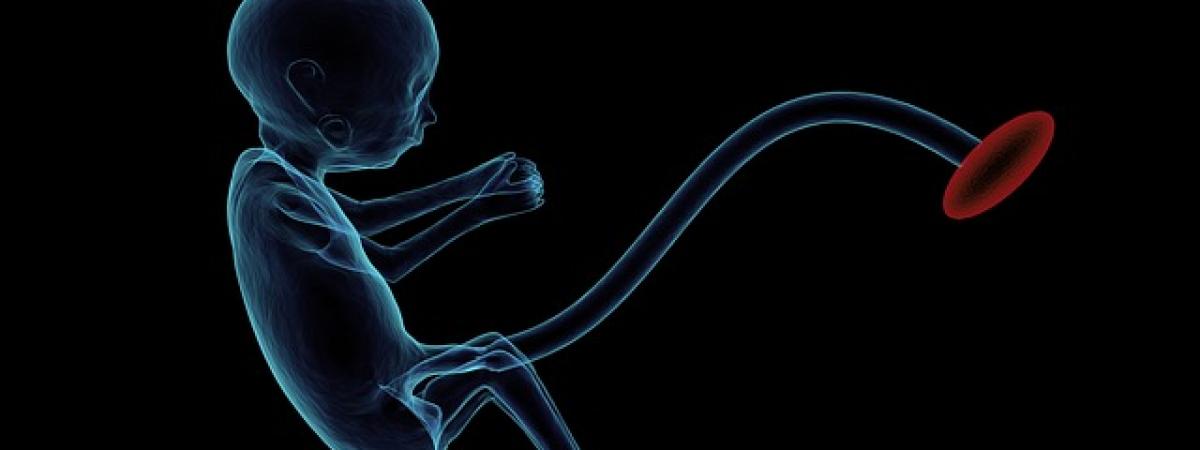7 things you didn't know about the placenta
published in Reader's Digest,
13 March 2016

In comparison to the precious newborn, the placenta, or afterbirth, is a mere afterthought soon discarded. It is, however, actually rather a remarkable thing. Here are seven things you didn't know about the placenta.
1. It’s the first organ to develop
You began life as a single cell slightly smaller than the full stop at the end of this sentence.
A series of cell divisions ensued, and now you are made up of trillions of cells.
During the very first cell divisions, some cells are destined to form the baby; others the placenta.
2. It’s not mother, it’s not embryo… who is it?
The ball of cells that implant into the mother’s womb contains placental cells and embryonic cells.
All had a common origin but the fact remains that the placenta is no longer embryo.
Appropriate names might include life support machine, selfless servant, baby’s first friend or tree of life.
In some cultures, the placenta is treated as the dead twin of the baby and given full burial rites.
3. It’s easier to say what it doesn’t do than what it does
According to Dr Yoel Sadovsky of the National Institute of Child Health and Human Development, “the placenta serves as the lung, the kidneys, the liver, the endocrine system (it produces hormones) and is essential for immune defence of the baby”.
The first hormone it produces is called hCG and this is what most pregnancy testing kits identify. It also produces progesterone, important in maintaining the lining of the womb, and oestrogen which has an essential role in labour.
4. It can be burnt, buried, eaten or thrown into the sea
The word placenta comes from the Latin word for “cake” and the placenta can be eaten in pills, pizzas and smoothies. Coleen Rooney recently did just that after her recent pregnancy.
Some cite improved mood and increased milk production in support of placenta pies, but this has not been proven.
In his award-winning book Adventures in Human Being, Dr Gavin Francis describes placental burial in China, with the child’s fate determined by the animal that eats it.
Indonesian tradition is to commit the placenta to the ocean, safe from human harm.
5. It’s a marvel of circulation
‘Magenta placenta’ might best describe its appearance as it pulsates with a rich mixture of red and blue blood. Mother and baby’s blood supplies run very close but don’t mix.
The baby’s capillaries spread out within the placenta like roots of a tree; the mother’s blood flows over the surface at a rate of half a litre every minute, delivering food and oxygen and removing waste.
When the placenta is torn from the womb lining and delivered as the afterbirth, strong uterine contractions compress the bleeding vessels, preventing catastrophic haemorrhage.
6. It can even make navel-gazing worthwhile
Navel-gazing is all about being self-indulgent. Next time you look at your navel, consider that it was once where your umbilical cord plugged you into the amazing placenta.
Both the umbilical cord and placenta are potential lifesavers during adult years, as treasure chests of stem cells that can be used to treat diseases such as leukaemia.
7. It remains a mystery to scientists
The Human Placenta Project is bringing together scientists and engineers from all over the world to further understand the “mystery, miracle and science of the placenta”.
